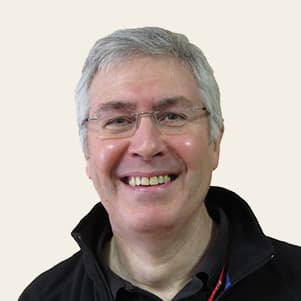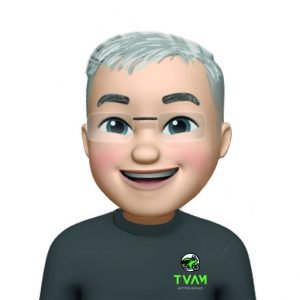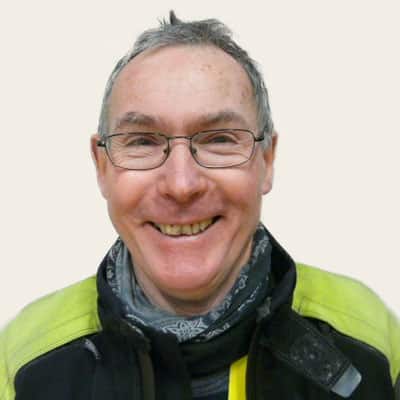 I recently returned to biking after a twenty-five year break, and I can’t begin to say how glad I am to be riding again. I joined TVAM in April 2012, and have loved every step of my progress, from becoming an Associate, through my observed rides and coaching with Peter Dowlen, to taking the IAM test and getting my green badge. I don’t want it to end here because I’m really enjoying the journey – I don’t want full IAM membership and the green badge to be the final destination.
I recently returned to biking after a twenty-five year break, and I can’t begin to say how glad I am to be riding again. I joined TVAM in April 2012, and have loved every step of my progress, from becoming an Associate, through my observed rides and coaching with Peter Dowlen, to taking the IAM test and getting my green badge. I don’t want it to end here because I’m really enjoying the journey – I don’t want full IAM membership and the green badge to be the final destination.
So, what’s next?
It’s time to give something back. Because I’ve learned a lot (most important of all being that I have a lot to learn), I want try passing on some of these new skills to others. So why not train to become an Observer? Simple as that…
Most months at St. Crispin’s there’s a “TOb Talk”. Louise Dickinson gives an informal chat about the standards required of Observers within TVAM, and what’s involved in becoming a Trainee Observer or “TOb”. TVAM is proud of its reputation for having amongst the highest training standards in the country, so each stage of this process is understandably rigorous.
There are quite a few hurdles to overcome before you can start training. I guess that’s partly to make sure you’re suitable for the responsibilities of the role, and also to make sure you’re aware of the level of commitment that will be expected of you. I went along to a TOb Talk not knowing what to expect, and left with a growing certainty that Observing is the way I wanted to go – if I can pass the numerous tests involved.
A few days after showing interest and attending the TOb Talk, I got a quiz and questionnaire for prospective Trainee Observers in an e-mail from Louise. The idea behind it is to get you thinking, it says, and as we all know, a thinking rider is a safer rider.
Examples of the questions asked include
- Why do you want to become a TVAM Observer? (fair enough).
- Which foot should you put down when you come to a standstill?
- Is it okay to stop the bike with just two fingers on the front brake lever?
As I said, the quiz is to get us thinking, and as far as I know, it’s not a pass or fail test. As I worked my way through the questions sitting at my kitchen table on a drizzly Saturday afternoon, the words of Peter, my Observer, rang in my head. “It depends!”
With the questionnaire and quiz sheet filled in and posted off to Louise, I waited to hear how I’d done. And waited… There’s no score for this quiz, but it gives us a flavour of the sorts of questions we should all be asking ourselves. Why do we do what we do? Is there a way we could improve our skills and our approach?
Finally, I got an e-mail invitation to take the TVAM/IAM theory test. I realised I’d better read and re-read Roadcraft and the Highway Code so I won’t make too big a fool of myself when we get back together again, early in the morning before the main proceedings at the next St.Crispin’s.
The Theory Test
Along with my invitation came a list of ground rules covering what we’ll have to achieve if we want to move on in the process. The theory test is the first formal step to becoming an Observer. There is an 80% pass mark. If I fail, I get one chance of a re-test, after which I would have to wait six months before I could re-apply.
We all arrived bright and early at St.Crispin’s and gathered in the library for the torture to begin! Pencils and question papers were handed out, and we had around forty minutes to complete all three sections of the test. There are fifteen questions on Roadcraft, ten questions from the Highway Code, and seven questions on the IAM. Much head-scratching and quite a bit of gnashing of teeth followed. Within five minutes of completion, Louise came back to us with our results. I managed 87% in Roadcraft, 80% on the Highway Code and 100% on the IAM , so I got an aggregate score of 88%, – and I got through to the next round.



